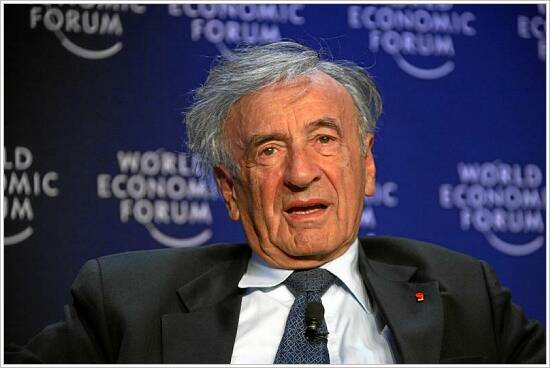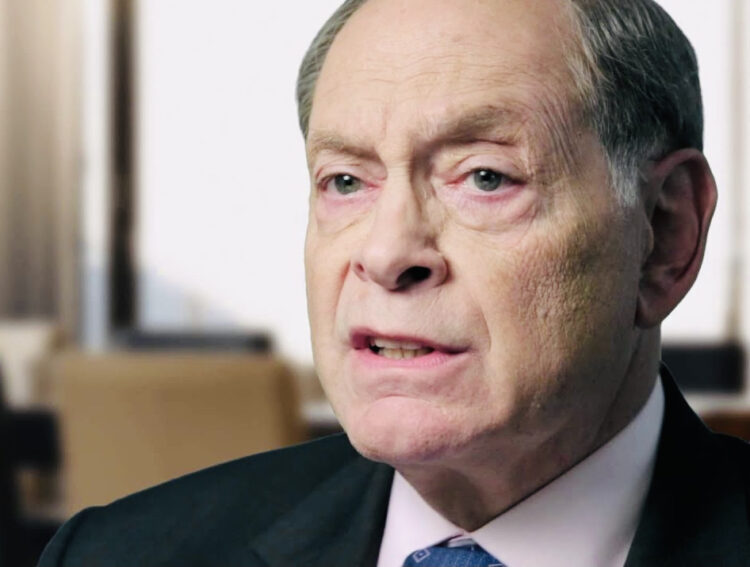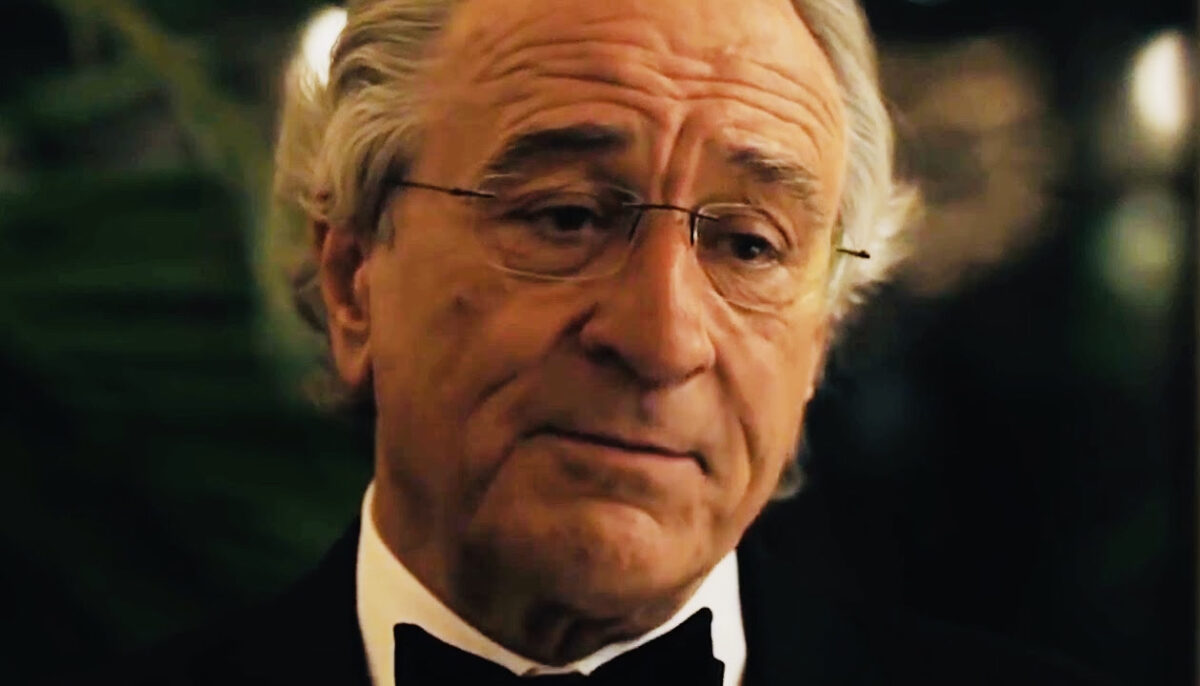Bernie Madoff, the notorious swindler, will not be missed.
Not even for a nano-second.
He died in a federal jail in Butner, North Carolina, last week at the age of 82, his request for compassionate release having been denied in 2020. Serving a 150-year sentence, he was doomed to die within the walls of a prison cell, having lost his freedom on the day of his sentencing on June 29, 2009.
A scoundrel who masqueraded as a wise and visionary investment manager, Madoff will be remembered as a consummate fraudster who ran the largest Ponzi scheme in history. His clients, whose greed led them astray, collectively lost an estimated $64 billion in savings. Two of them, in despair, committed suicide.
By all accounts, the vast majority of his investors were from the American Jewish community, all seduced by his reputation as an outstanding money manger who would tend to their assets with expert knowledge and care.

Often drawn to him by word of mouth, his victims included celebrities like the Nobel Prize novelist Elie Wiesel and the former major leagues baseball pitcher Sandy Koufax. Wiesel’s foundation is said to have lost $37 million.
One of Madoff’s friends, Ezra Merkin, a former president of the Fifth Avenue Synagogue in Manhattan, was indirectly complicit in his criminal activities. Impressed by Madoff’s sleight of hand, he convinced congregants to invest about $1 billion with this cunning thief.
Jewish organizations were particularly hit hard by Madoff.
Hadassah, the Jewish Community Foundation of Los Angeles, the American Jewish Congress and Washington DC’s Jewish federation respectively lost a whopping $90 million, $25 million, $19 million and $10 million, according to reports.
The American Jewish Congress lost two-thirds of its $17 million endowment. Steven Spielberg’s foundations lost a hefty portion of its $12 million. Mortimer Zuckerman’s charitable foundation lost up to $40 million.
Yeshiva University, the flagship institution of modern Orthodox Judaism which appointed Madoff as its treasurer during his heyday, lost upwards of $125 million. The Ramaz Jewish day school in Manhattan lost $6 million. Israel’s Technion University lost $6 million.
Incredibly enough, some investors practically begged Madoff to accept them as clients. This was the sterling image he projected before his fabricated world collapsed in a heap.
Madoff grew wealthy before his downfall during the financial crisis of 2008. He owned several palatial homes, drove luxury vehicles and travelled around in a private jet.
Having come to the awful realization that he was ruined, Madoff told his two sons, Mark and Andrew, that his operation was little more than “one big lie.” The following day, in December 2008, they reported him to the police. On December 11, he was arrested.
His sons, having claimed they were not involved in his scheme, predeceased Madoff. Mark committed suicide on the second anniversary of his father’s incarceration. Andrew succumbed to cancer.
The federal government stripped Madoff’s wife, Ruth, of most of her assets.

Much to everyone’s relief, Madoff’s ill-gotten gains have been partially retrieved. A trustee, Irving Picard, has recovered more than $14 billion to date. But many of his victims have been plunged into virtual penury, and Hadassah has had to pay back fictitious profits in clawback lawsuits.
Madoff understood he was a con artist of a special caliber. In one of his final courtroom appearances during his trial, he made a remarkably candid confession.
“I have left a legacy of shame,” he said, perfectly summing up his unique record of infamy.
